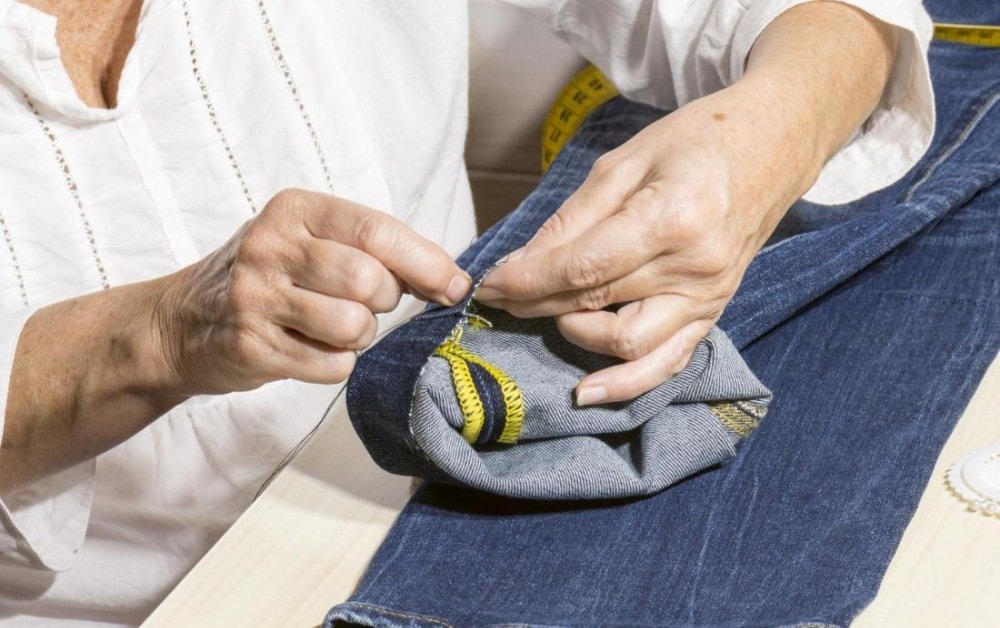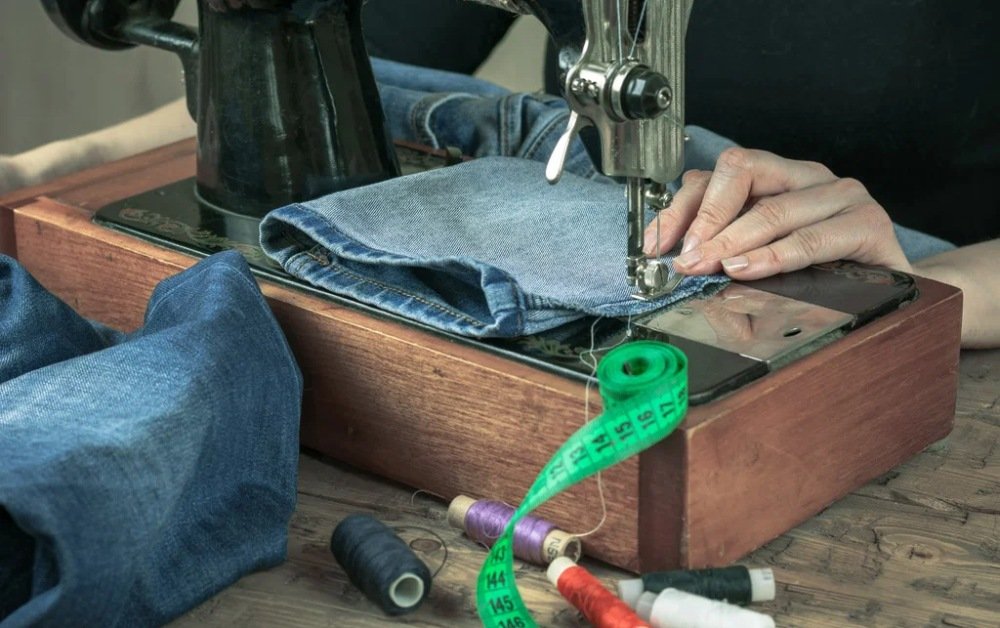In an age of fast fashion and shifting trends, many people are left wondering whether to keep or toss garments that no longer fit, are slightly damaged, or feel outdated. The decision to alter a piece instead of replacing it can be both economical and environmentally responsible—but only when it makes sense.
So how do you know if your clothing is worth altering or not? Let’s discover the key factors to consider before you decide, especially when using clothes alteration and repair services in Dubai.

1. Assess the Overall Condition of the Garment
Before anything else, evaluate the condition of the clothing item. Altering a piece that’s already heavily worn or damaged beyond repair may not be worth the effort or cost.
Ask yourself:
- Is the fabric still strong and durable?
- Are there visible stains that won’t come out?
- Is the color faded or uneven?
- Are the seams or threads falling apart?
If the material has aged poorly or the damage is too extensive, it might be better to invest in a new item. However, minor issues like a missing button, loose hem, or slightly frayed edge can easily be fixed by a professional tailor.
2. Check the Quality of the Fabric & Construction
Higher-quality garments are typically worth altering, especially if they’re made from natural fibers like cotton or silk. These fabrics respond well to sewing and reshaping and tend to last longer after alteration.
Signs of good construction include:
- Reinforced seams
- Lined interiors
- Quality zippers and buttons
- Even stitching
Garments that were expensive or carefully constructed are often better candidates for alteration than mass-produced fast fashion items with poor stitching and cheap materials.
3. Determine Sentimental or Unique Value
Clothes are not always just clothes. Many pieces hold sentimental value—a jacket from your grandfather, a wedding dress, or a designer piece from a memorable trip. In such cases, repairs and alterations can help you preserve their emotional or historical importance.
Likewise, one-of-a-kind or vintage pieces are often irreplaceable. If something is rare or has a unique design you love, altering it might be your best option to bring it back to life.
4. Evaluate How Well It Fits You
Fit is everything when it comes to fashion. If a piece doesn’t fit properly but is otherwise in good condition, it may be worth altering. Tailors can work wonders with sizing adjustments, such as:
- Taking in or letting out seams
- Shortening or lengthening hems
- Adjusting waistlines or shoulders
- Tapering pants or sleeves
Keep in mind that it’s easier (and often more successful) to take in clothing than to let it out, especially if there’s not much extra fabric in the seams.
5. Estimate the Cost vs. Replacement Value
Before committing to an alteration, consider the financial side. If you’re altering a basic T-shirt that costs less than the alteration itself, it may not be the most economical choice.
However, when it comes to expensive garments like suits, evening dresses, or tailored coats, alterations are usually far more cost-effective than replacing the item.
Tips:
- Ask for an estimate from a tailor first.
- Consider whether the garment will have enough wear left after alteration to justify the cost.
- Don’t forget to factor in convenience—especially with premium clothes alteration and repair services that offer pickup and delivery.
6. Think About Style and Timelessness
Trendy garments come and go, but classic pieces never go out of fashion. Altering a timeless piece—a black blazer, a white shirt, or a wool coat—is usually a smart investment.
On the other hand, if you’re altering a dated piece that no longer matches your current style, you may want to skip it unless it can be modernized creatively.
7. Consider How Often You’ll Wear It
If it’s something you wear often—like work pants, daily dresses, or your favorite jeans—altering makes perfect sense. But if the garment just sits in your closet and only comes out once a year (or never), it might not be worth the investment.
Ask yourself: Will I wear this more than five times after it’s altered? If not, it might be time to let it go or donate it.

In Conclusion
Knowing whether to alter or let go of your clothing comes down to a balance of practicality, cost, and personal value. By considering fabric quality, sentimental attachment, and fit potential, you can make smart decisions that benefit your wardrobe—and your wallet.
If you’re looking for expert clothes alteration and repair services in Dubai, Thread & Stitches delivers precision tailoring and exceptional service to give your garments a perfect second life.


